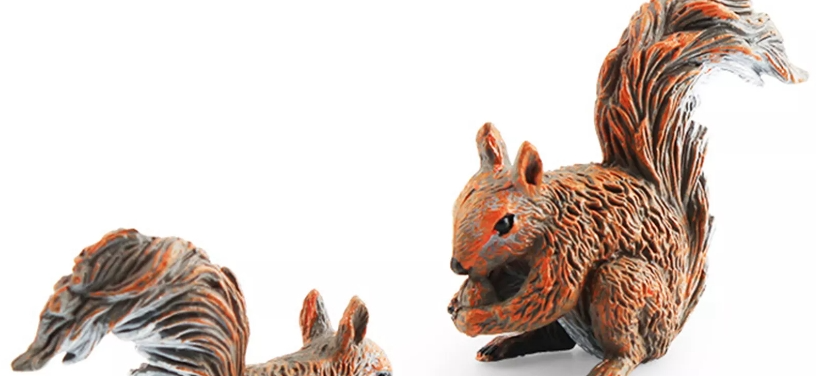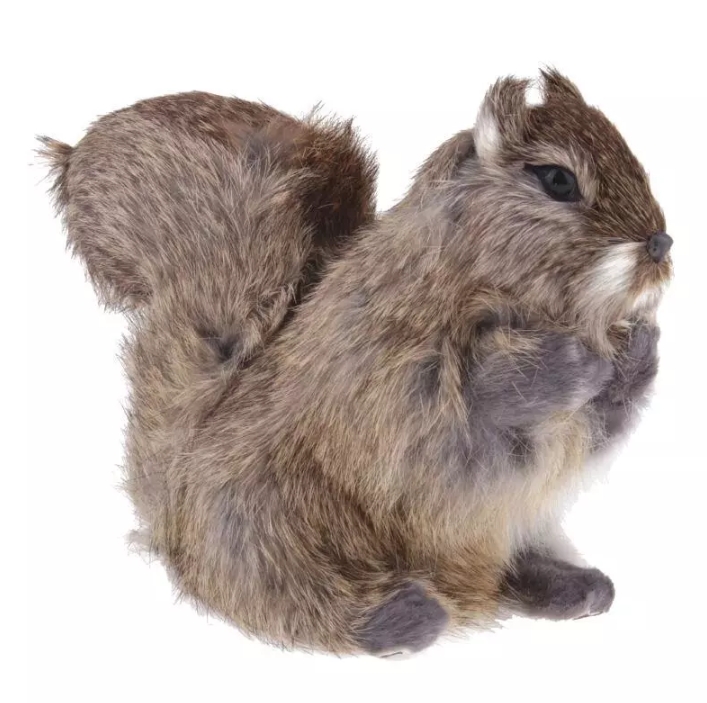The squirrel model is a theoretical tool commonly used in ecology and behavioral ecology research that simulates the behavior and survival strategies of squirrels under different environmental conditions. As a small, adaptable mammal, squirrel has a variety of foraging and food storage behaviors, making it an important object for analyzing animal behavior and ecological adaptation.
In squirrel models, researchers typically focus on how squirrels make foraging decisions and food storage in the face of seasonal changes and fluctuating resource availability. Squirrels tend to collect food such as nuts in the fall and store it underground for use during the winter hunger period. This behavior not only affects the survival and reproduction of squirrels, but also has an important impact on plant spread and soil nutrient cycling in the ecosystem.
The model can be used to simulate the effects of different factors on squirrel behavior, such as the presence of predators, the abundance of food sources, and climate change. By adjusting these parameters, the researchers were able to explore how these factors affect the squirrels' foraging efficiency, food storage strategies, and overall survival. The flexibility and scalability of the squirrel model allows it to be adapted to different ecological contexts, providing profound insights into how animals behave in complex environments.
In addition, squirrel models help researchers analyze ecological concepts such as competition and coevolution. Squirrels interact with other animals and plants, making them an important part of ecological networks. By observing squirrel behavior, researchers can better understand population dynamics, species diversity, and ecosystem stability.
As a biological research tool,squirrel models not only help to explore the behavior and ecological adaptation of specific species,but also provide validation and support for broader ecological theories.




